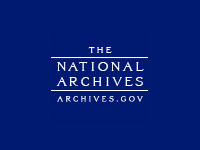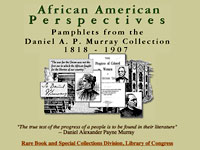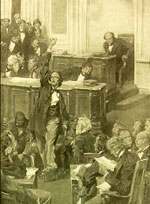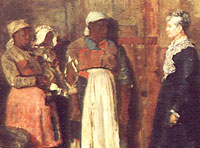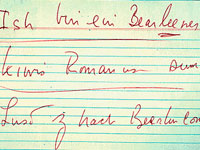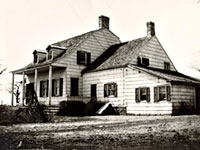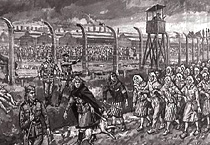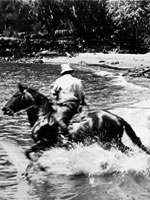Documents from the Continental Congress and Constitutional Convention

These 274 sources focus on the work of the Continental Congress and the drafting and ratification of the Constitution, including manuscript annotations. The collection includes extracts of the journals of Congress, resolutions, proclamations, committee reports, and treaties. In addition, there are documents relating to the Constitutional Convention of 1787, extracts of proceedings of state assemblies and conventions relating to the ratification of the Constitution, several essays on the ratification of the Constitution, and early printed versions of the U.S. Constitution and the Declaration of Independence.
There are 253 titles dating from 1774 to 1788 relating to the Constitutional Congress and 21 dating from 1786 to 1789 relating to the Constitutional Convention. Two timelines cover the period 1764 to 1789 and an essay entitled "To Form a More Perfect Union" provides historical context for the documents through an overview of the main events of the era of the Revolution.

